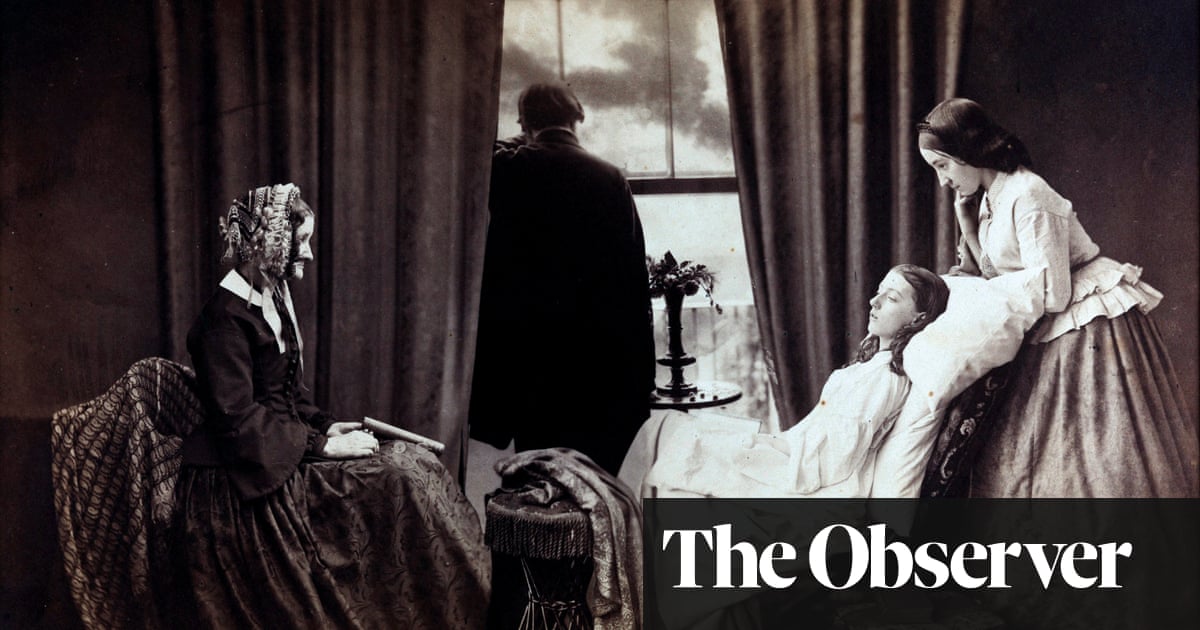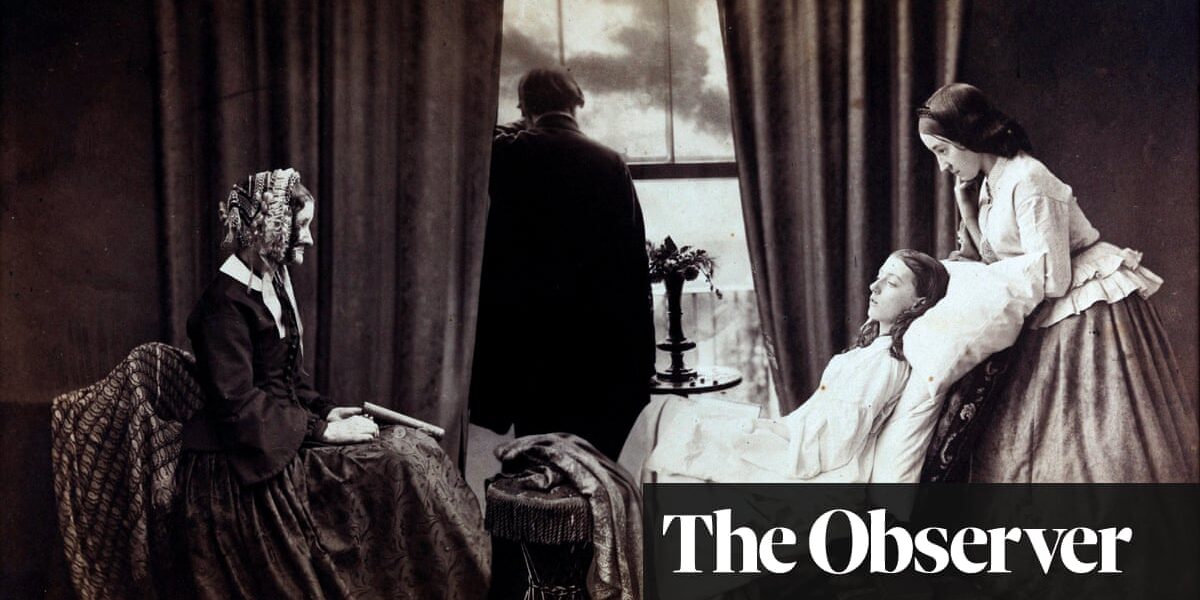Judith Flanders’ book, “Rites of Passage,” offers a magnificent portrayal of Victorian mourning customs in Britain.

W
When you catch yourself thinking that you have nothing to wear and that having a uniform would be convenient, it may be helpful to consider the experience of a Victorian widow. Their uniform consisted solely of black clothing. However, it was not as simple as it seems. Mourning attire was typically made from a fabric called crepe, which was chosen for its lack of shine. Other fabrics, such as bombazine and parramatta, were later favored for the same reason. This fabric was quite difficult to care for, as even a single drop of water would leave a permanent rusty stain.
Due to this, widows were confined to their homes during rainy days, but at least there were plenty of things to keep the wealthier among them occupied. After losing a spouse, there were mourning cards to send (women who lost a husband could use the thickest black borders produced by the stationer) and mourning jewelry to commission (brooches, lockets, and rings that often incorporated the loved one’s hair in a slightly eerie manner). By the middle of the 19th century, death had become a highly commercialized aspect among the middle class. In London, there were various “mourning warehouses”, with the fanciest ones calling themselves “magasins de deuil” – a one-stop shop for all things related to death. This may sound comical, and indeed it was: in 1844, Hood’s Magazine published a satire in which a man and his wife visit one of these warehouses, where an assistant shows them items suitable for various stages of mourning – from “a pronounced grief to the slightest hint of regret” – with the latter available in the “Intermediate Sorrow Department”. The most clever parodies always have a hint of reality to them. In fact, one emporium on Oxford Street truly did have a section dedicated to “half-mourning”, an intermediate stage before returning to normalcy. It was known as the “Mitigated Affliction Department”.
Does this all seem far away now? That’s debatable. I recently read Judith Flanders’s Rites of Passage, a new work exploring Victorian death and its accompanying elements, where all the aforementioned details are mentioned. I found it to be quite impressive. There are so many fascinating facts! If this book were a soup, there would be a crouton in every spoonful. However, I am uncertain about agreeing with the author’s stance that funeral traditions mostly came to a close in the early 20th century, with death becoming more intimate and private, only shared with family and close friends. British individuals around my age, 54, will remember how their grandparents handled funerals. The remnants of Victorian customs were still evident in my childhood: the whole street’s curtains pulled shut on the day of a funeral, the undertaker walking slowly (and perhaps with a bit of enjoyment) ahead of the hearse from the house to the cemetery, and strangers taking off their hats as the procession passed by. Additionally, remnants of those times are still present. Faded advertisements for prestigious undertakers can still be seen on the sides of buildings. Many, if not most, men still have a black tie in their wardrobe. Personally, I own several pieces of mourning jewelry made from Whitby jet, some of which I bought and some I inherited.
However, all of these topics only serve to add to the intrigue of Rites of Passage. It felt like a double haunting, with the ghosts simultaneously distant yet nearby. Covering everything from death rates to the emergence of garden cemeteries, coffin designs to the push for cremation, Flanders writes with empathy and a dry sense of humor. She recognizes the humanity in how Victorians mourned their lost loved ones (even if deaths were common). She also acknowledges the vast differences between our ancestors and ourselves. As Rev Francis Kilvert was told by a parishioner who had lost twins, it was as if the children had simply “come into a room and gone out again”. If the life of a parent during a time of disease was compared to that of a gambler, there was also the belief that heaven and earth were in close proximity, with a door constantly opening and closing. Cremation was initially viewed as “barbaric” by the church, as it would prevent bodies from being ready for judgment at the Resurrection.
It may seem odd, but there is a certain charm present in this book, thanks to the exhaustive research done by Flanders. While reading about corrupt and greedy undertakers, I even caught myself humming a tune from the musical Oliver! Charles Dickens, who disapproved of grand displays in regards to death, is a prominent figure in the book, but there are also mentions of other literary figures such as Margaret Oliphant, the successful novelist who tragically lost all her children, and Thomas Hardy, who visited a morgue in Paris during his honeymoon. Even Jane Carlyle, the wife of a renowned historian, makes an appearance and recounts how watching the Duke of Wellington’s funeral procession from her home cost her a new black bonnet.
The text discusses various practices and rituals that are now considered questionable. These include seances, where mediums produce mysterious substances and manipulate objects, and beekeepers who follow customs such as tying black ribbons around their hives to inform the bees of a death in the family. The most well-known example of grief and mourning is Queen Victoria’s prolonged mourning for her husband, Albert. It is noted that this book is not only interesting, but also offers a sense of catharsis, much like a funeral. The loss of traditional rituals is a concern, but after reading this book, the author feels thankful for their modern life and circumstances.
-
Rites of Passage: Death & Mourning in Victorian Britain by Judith Flanders is published by Picador (£25). To support the Guardian and Observer order your copy at guardianbookshop.com. Delivery charges may apply
Source: theguardian.com



